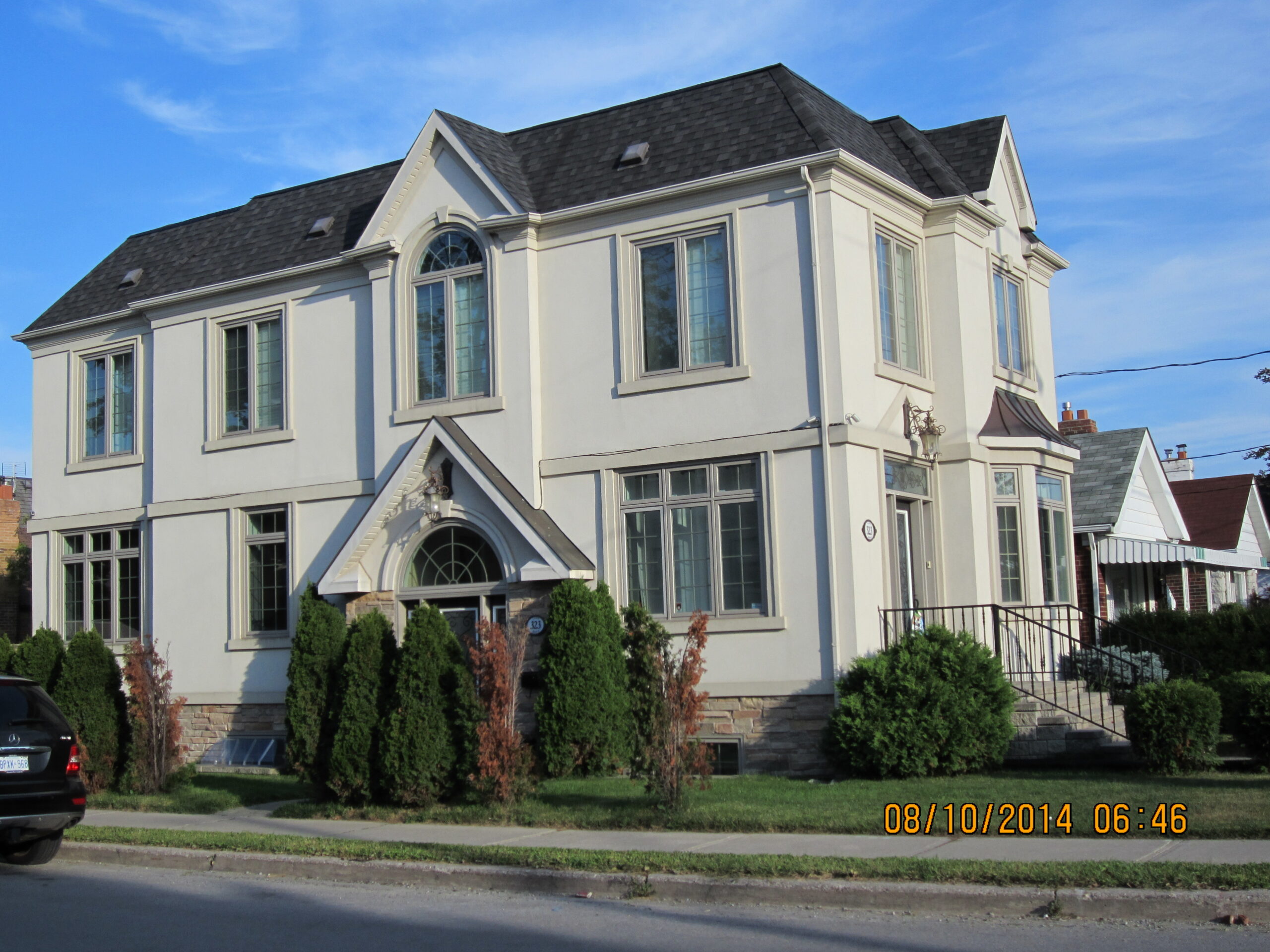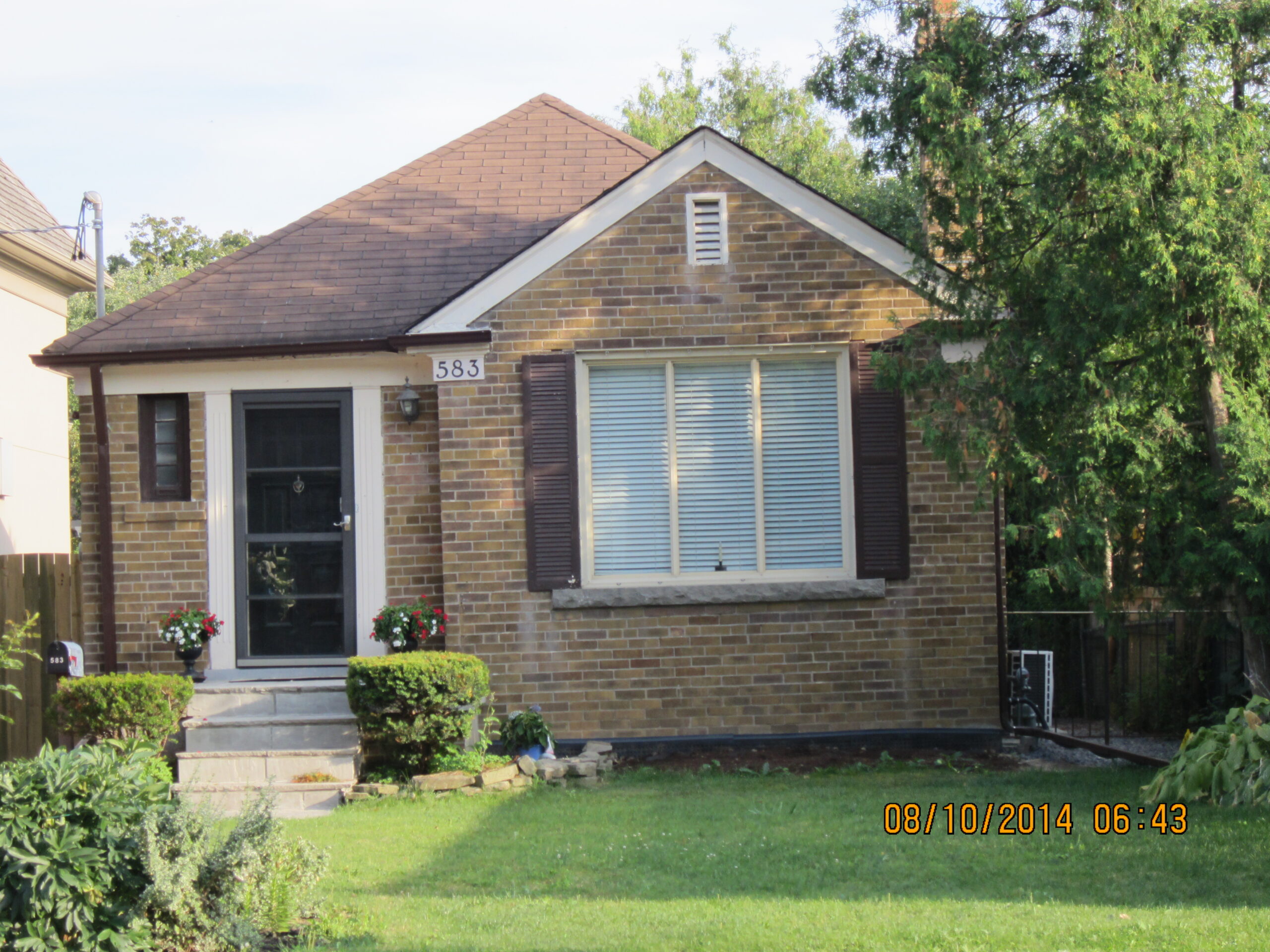The winds that blow through Antelope Butte Ranch, located roughly 200 kilometres south of Calgary where the mountains meet the Prairies, are volatile — like the price of beef.
Today prices of beef are up and the wind is down.
“Sometimes you do well. Sometimes you don’t. These are good years right now,” said Hugh Lynch-Staunton as he walks into a fenced area where his bulls are kept from the 1,000 cows who pasture in fields out of sight.
Lynch-Staunton’s grandfather bought the first piece of land here in the corner of Alberta in 1886, and the family has grown the operation to become one of the biggest cattle ranches in the country.
With the price of beef rising 40 per cent over the past five years, they are making a good profit like many ranchers all over Alberta. It’s a case of low supply and high demand.
“There have been a number of years where beef was either marginally profitable or unprofitable, so a lot of people went out of business either voluntarily or had to because they were losing money, so the supply is really down. Shorter supply can’t meet demand so prices go up.”
Lynch-Staunton (who’s father Frank was Alberta’s 11th Lieutenant Governor) says it’s part of a cycle that typically lasts six to nine years.
“What we can see now is the U.S. is expanding their herd and Canada may be on the verge of doing that, so eventually we will overproduce and the price will go down.”
U.S. prices starting to decline
He says his ranch won’t be buying more cattle, as they “do that when prices are low and then sell when they’re high.”
Dallas Rodger’s family is taking advantage of the high prices to increase their herd size by 25 per cent.
Rodger works as a market analyst with Canfax, a branch of the Canadian Cattlemen’s Association that follows the cattle industry. His family ranch is east of Crossfield.
Rodger says live cattle sold for an all-time high of $2 a pound in July — up 20 per cent in a year. He says that has since dropped to $1.70 per pound.
He adds the reduced number of beef cattle in Alberta (at its smallest numbers since 1989) have pushed prices up as have increased capital costs.
Machinery is also expensive — Hugh Lynch-Staunton says his son, who runs the ranch, is looking at buying a “modest-sized tractor for $250,000 — and hay has doubled in price over the year because of the drought.
Indications are that the price of beef will stabilize within six months and then start to drop. In the U.S., prices have already started their decline.
For now, Lynch-Staunton says they’ll enjoy the good times, knowing they never last.
“What most ranchers have done is try to pay down the debt they’ve accumulated. After that they try to reinvest on their farms. Perhaps they’ll have a few more holidays or do some work on their houses.”
Read the full post in Yahoo Canada News








